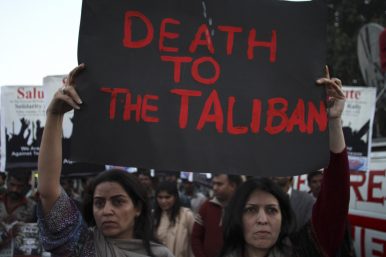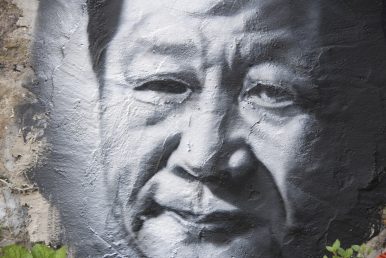 Indian policymakers have to be sensitive, without actually overreacting, to the risk that Donald Trump may move from rattling the sabres to actually using them.
Indian policymakers have to be sensitive, without actually overreacting, to the risk that Donald Trump may move from rattling the sabres to actually using them.
The Indian government reported last week that the trade deficit with the rest of the world nearly doubled in the financial year ended 31 March. The US Treasury Department said a few hours later that it would be adding India to the list of countries that it considers as potential currency manipulators. All this comes against the backdrop of growing global trade tensions. It is important to recognize that India has been put on a watch list rather than being actually accused of manipulating its exchange rate to hurt US interests. However, the mere fact that India is on the watch list now could restrict the Reserve Bank of India (RBI) in the foreign exchange operations it needs to pursue to protect financial stability, especially when global capital flows threaten to overwhelm domestic monetary policy.




/arc-anglerfish-arc2-prod-mco.s3.amazonaws.com/public/5732TKG7PNFWNNAKENFLOCSYLQ.jpg)









/arc-anglerfish-arc2-prod-mco.s3.amazonaws.com/public/NSY252NNJREUBAA7JHME26RZPY.jpg)